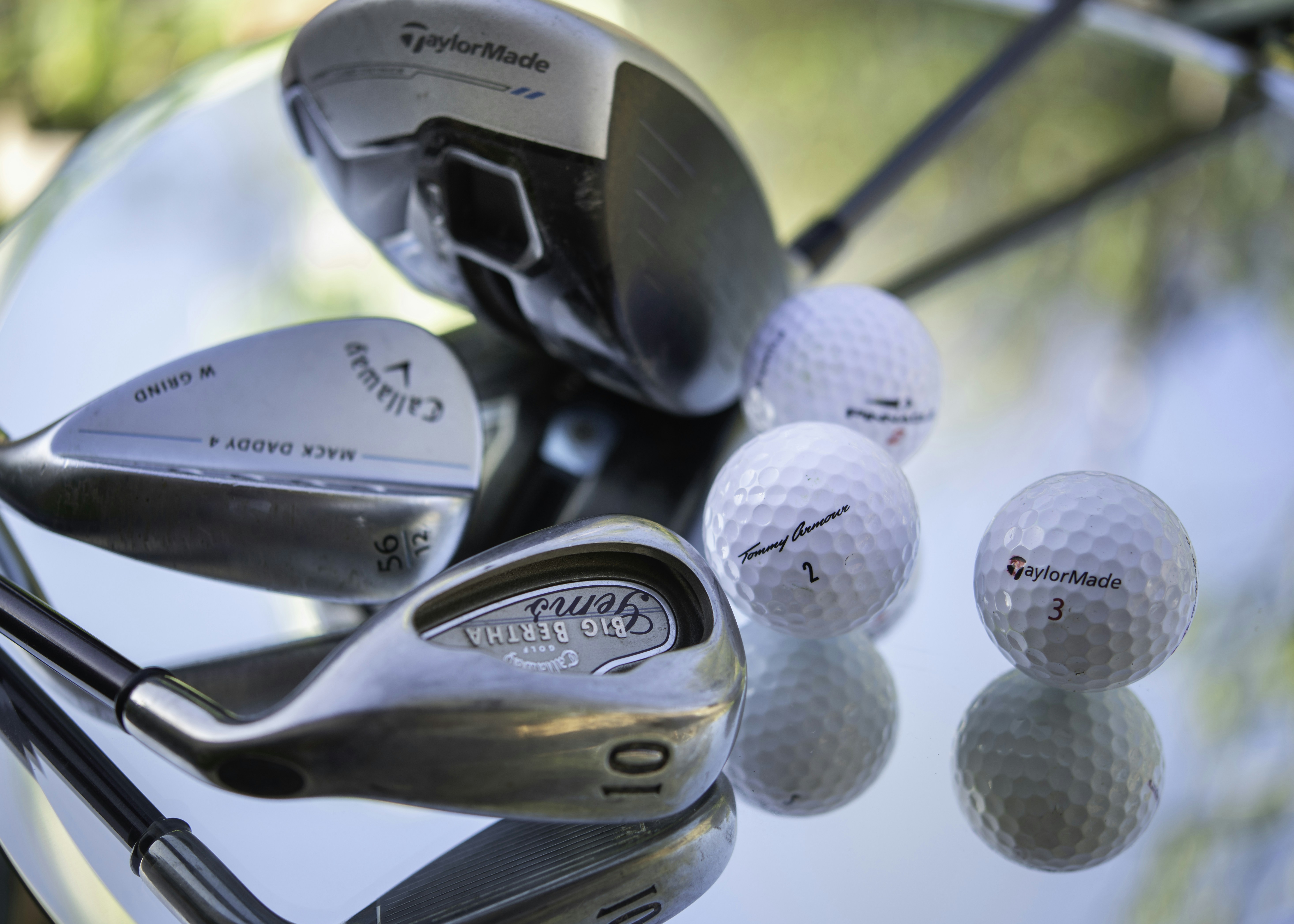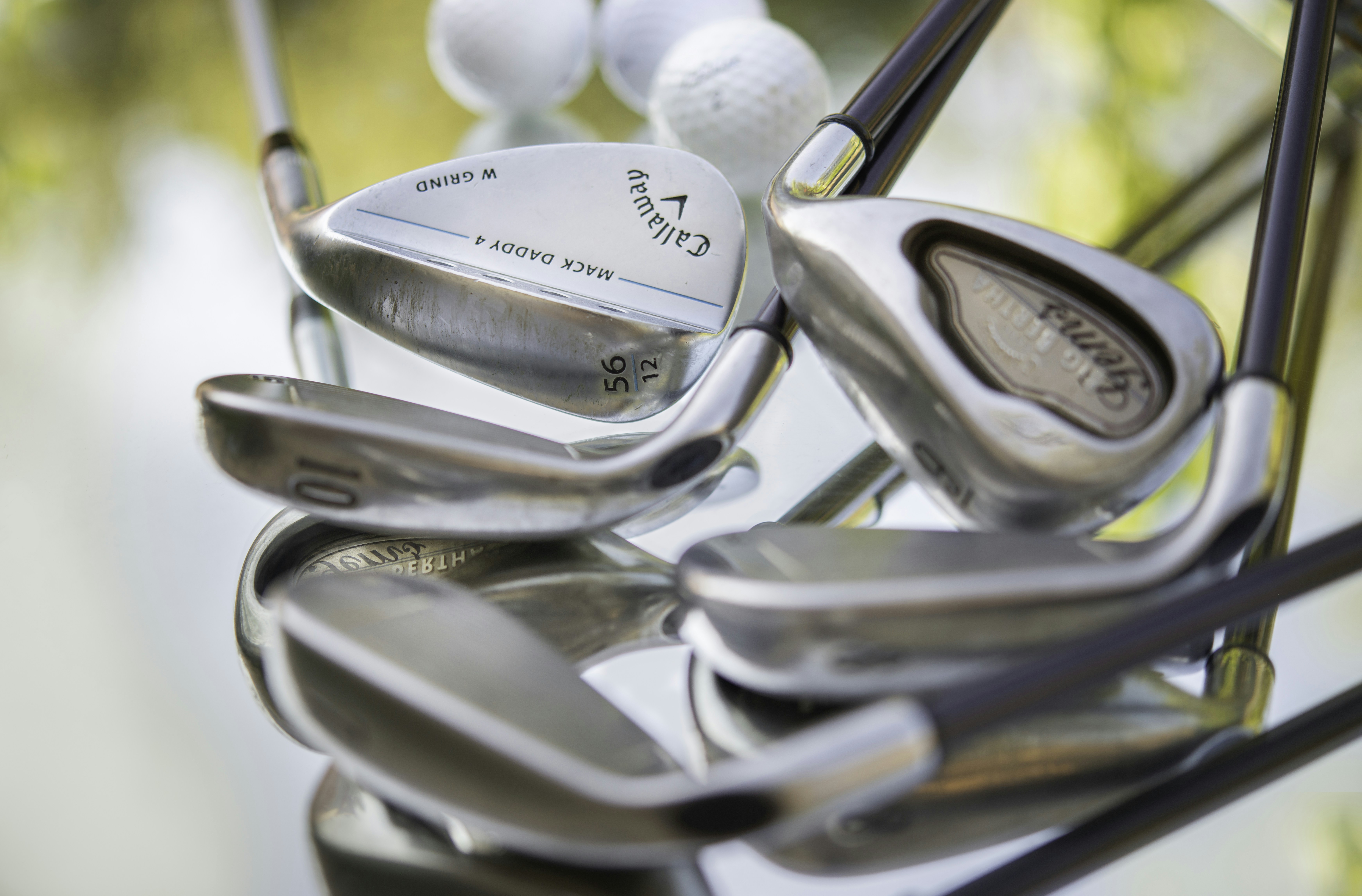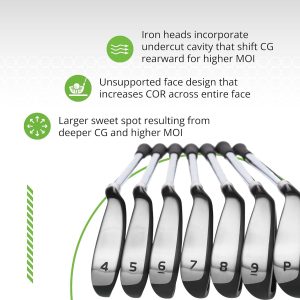Have you ever found yourself pondering over what shaft flex is most suitable for your golf clubs? Selecting the right shaft flex can be crucial for optimizing your performance on the course. The correct shaft flex can influence your swing speed, accuracy, and the overall enjoyment of your game. In this article, we will delve into the intricacies of golf shaft flexes and aim to assist you in making a well-informed decision.
Understanding Shaft Flex
Before you can determine which shaft flex is right for you, it’s essential to understand what shaft flex is. Shaft flex refers to the ability of a golf club shaft to bend during a swing. This bending impacts the distance and accuracy of your shot, as well as how you feel the clubhead in your hands. The flexibility of the shaft can significantly affect how the clubface delivers the ball, influencing both distance and control.
Types of Shaft Flex
Shaft flex is typically categorized into five main types: extra stiff (X), stiff (S), regular (R), senior (A), and ladies (L). Each type is designed to match different swing speeds and styles.
-
Extra Stiff (X): Ideal for players with very high swing speeds, often exceeding 110 mph. Perfect for those who can deliver the ball with extra force and need less shaft bend to maximize distance.
-
Stiff (S): Suited for players with swing speeds between 95 and 110 mph. Provides balance between control and distance, suitable for skilled golfers with well-developed swing techniques.
-
Regular (R): A versatile option for golfers with swing speeds between 85 and 95 mph. Offers a comfortable balance for those with moderate experience in golf.
-
Senior (A): Designed for players with swing speeds between 75 and 85 mph, usually more experienced golfers with slightly reduced swing momentum.
-
Ladies (L): Crafted for swing speeds below 75 mph, providing the flexibility needed for newer or less powerful players.
Importance of Shaft Flex
Choosing the correct shaft flex is not just about how you hit the ball but how you want to play the game. The right flex can enhance your game by improving your swing’s efficiency and providing you the necessary feedback through the shaft’s responsiveness. The feeling of the shaft flexing properly in sync with your swing plane brings harmony to the mechanics, which, in turn, can lead to more consistent shots and improve your overall game enjoyment.
Factors Influencing Shaft Flex Choice
Several factors determine which shaft flex you should use. These include swing speed, swing style, carry distance, ball trajectory, and personal preference. Let’s examine each one:
Swing Speed
Your swing speed is perhaps the most important factor in determining the appropriate shaft flex. Golfers with faster swing speeds generally need stiffer shafts because they can prevent the club from flexing too much, which can lead to inconsistent shots. Conversely, those with slower swing speeds benefit from more flexible shafts to maximize distance and help propel the ball effectively.
Swing Style
Swing style refers to the distinct characteristics of a player’s swing, including tempo and transition. A quick tempo with an aggressive transition from backswing to downswing often pairs well with stiffer shafts. A smoother, more deliberate swing might require a regular or senior flex to accommodate a gentler transfer of energy to the ball.
Carry Distance
The distance your ball typically carries can also play a role in selecting a shaft flex. If you achieve great distances effortlessly, you may favor stiffer shafts to gain greater control. Players who struggle with distance might find that more flexible shafts help to launch the ball higher and farther.
Ball Trajectory
The trajectory of your ball flight provides another clue into the type of shaft flex you might need. A trajectory that is too high or too low can indicate a mismatch between your swing and current shaft flex. Adjusting the flex can help to fine-tune your ball trajectory to achieve the desired flight path and landing angle.
Personal Preference
Finally, your own preference should not be overlooked. If you’re accustomed to a certain feel or feedback from a shaft, that comfort level can sometimes be more important than technical specifications. Your confidence in your equipment plays a part in performance, and feeling at ease with your shaft flex choice can contribute positively to your mental game.
How to Determine Your Shaft Flex
Determining the right shaft flex involves not only considering the factors listed above but also some practical testing. Visiting a local golf pro shop or using a launch monitor can provide valuable insight into your swing dynamics.
Professional Fitting
Professional club fitting services are highly recommended for golfers wanting to ensure their clubs match their individual specifications. A club fitter will use tools and technology such as launch monitors to analyze your swing speed, launch angle, ball spin, and other pertinent statistics. Based on these comprehensive assessments, they will suggest the optimal shaft flex for your style and needs.
Self-Assessment
If professional fitting is not an option, there are some self-assessment methods you can use. Begin by observing your shots with different shaft flexes during practice or recreational rounds. Pay attention to how the ball behaves and how the shot feels. Pattern recognition of your ball flight and consistency can guide your decisions.
You may also try the “Coffee Can Test” at home. Place a golf ball on the handle of a spoon, then flick your wrist quickly to launch the ball. The feel and distance that result could mimic the feedback of a suitable shaft flex, but this is a far less scientific method.
Benefits of Correct Shaft Flex
Adopting the correct shaft flex can elevate your game in numerous ways:
-
Enhanced Accuracy: Proper shaft flex reduces the risk of slicing and hooking, allowing for straighter shots.
-
Optimized Distance: Aligning your swing characteristics with the right flex can maximize the distance of your drives and irons.
-
Improved Ball Control: Flex that complements your swing style provides better feedback and touch around the greens, making those critical short shots more precise.
-
Increased Consistency: Consistent shot-making is boosted as your equipment works harmoniously with your swing mechanics.
Potential Downsides of the Wrong Shaft Flex
On the flip side, using the wrong shaft flex can introduce several challenges to your game, such as:
-
Reduced Accuracy: A shaft that is too stiff or too flexible can cause unpredictability, resulting in mis-hits and increased dispersion.
-
Lost Distance: The wrong flex may not efficiently convert your swing speed into optimal distance, leaving you struggling to cover yardages.
-
Inconsistent Ball Flight: Unmatched flex can lead to undesirable ball trajectories, whether that be ballooning shots or drives that fly too low.
-
Increased Strain: An ill-suited shaft flex might require compensatory adjustments in your swing, potentially leading to strain or injury over time.
Making Performance Adjustments
If you’re unsure if your current shaft flex is right for you, consider trying some performance adjustments. These changes, whether minor or more substantial, can help you fine-tune your equipment preferences.
Experiment with Different Flexes
Consider temporarily switching out shafts or clubs to explore how different flexes feel and perform. This experimentation can open up a wider understanding of what might suit you best based on firsthand experience.
Trial and Error on the Range
The driving range is a great place for trial and error with different shaft flexes. Without the pressure of game play, you can fully focus on how different options impact your shots and use that data to inform your decisions.
Regular Check-Ins
As your game evolves, so might your shaft flex needs. Regular check-ins with a professional fitter or a self-assessment at the beginning of each season can keep your equipment aligned with any changes in swing speed or style.

Conclusion
Choosing the right shaft flex is more than just a numbers game; it involves understanding your game, trusting your feel, and embracing the nuances of your swing. The flexibility of a golf shaft that aligns with your unique playing style can transform your golfing experience by enhancing your accuracy, optimizing your distance, and boosting your overall performance on the course. Don’t hesitate to seek out professional advice, perform detailed self-assessments, and experiment where possible to find the shaft flex that’s perfectly tailored for you. This approach not only aids in better gameplay but also in your enjoyment of the game itself.













